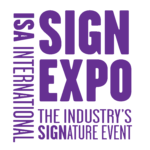ASHRAE Exempts Signs from Lighting Requirements
Responding to formal proposals submitted by ISA in August 2012, the American Society of Heating, Refrigerating and Air Conditioning Engineers (ASHRAE) has revised language governing nighttime usage of electric signs in ASHRAE 90.1, the Energy Standard for Buildings Except Low-Rise Residential Buildings. As a result of these revisions, specific exceptions for electric signs have been incorporated into the ASHRAE 90.1-2013 Standard which will be finalized and published later this year. ISA’s Bill Dundas testified on behalf of the industry at the ASHRAE hearings in Atlanta March 7-8.
Responding to requirements in the ASHRAE 90.1-2010 Standard which currently mandate a 30 percent reduction in the lighting power of signs used during overnight hours, ISA presented detailed information on the technical and performance properties of electric signs during the ASHRAE Lighting Subcommittee and Standing Standard Project Committee (SSPC) meetings held in Dallas (January 26, 2013) and Atlanta (March 7-8, 2013). Based on these presentations, ASHRAE approved changes in relevant sections of the standard. These revisions provide specific exceptions for lighting integral to signage which is installed in the signage by the manufacturer. The exceptions encompass all electric signs equipped with lighting integral to the sign body, regardless of the light source (e.g. fluorescent, neon, HID, LEDs, etc.). The exceptions, however, do not apply to external illumination of signs provided by detached light fixtures that are part of a building’s general lighting system.
ASHRAE is the organization responsible for developing new standards and related requirements for energy efficiency of new or substantially renovated commercial buildings. According to its 3-year development cycle, the organization publishes revisions to the ASHRAE 90.1 Energy Standard for Buildings Except Low-Rise Residential Buildings. When adopted into the building codes of various U.S. jurisdictions, this standard mandates performance requirements for commercial and retail buildings that commonly utilize electric signs.
For more information, contact Bill Dundas, ISA Director of Technical & Regulatory Affairs.






